For this version of sourdough bread I’ve added yeast to help boost the flavor and improve rise.
If your starter is sluggish or new, you won’t have much sourdough flavor. With this recipe, you’ll do everything EXACTLY like a sourdough recipe without yeast — EXCEPT — you’ll be adding yeast.

Sourdough Bread from Starter with added Yeast
This post may contain affiliate links. We are proud to be an Amazon Affiliate. Please read my disclosure policy.
Short on time? Ready to get cookin’? Click below to go straight to the recipe.

This recipe calls for a Starter and Yeast. If you don’t have a starter. Click here.
A starter is a must-have and it takes 7-10 days to make a great starter. Don’t give up. The starter recipe is easy if you just follow the steps.
Once you have your starter, you can begin with the recipe below.
What you’ll need to make this recipe:
- Bread Flour — (you can use AP flour in a pinch). BREAD FLOUR is the best if you have a choice. This recipe was tested with AP and Bread Flour. I personally love King Arthur’s Organic Bread Flour.
- Yeast
- Salt
- Water
- Olive Oil
Equipment You’ll need:
- Digital Food Scale — I can’t emphasize this enough. After baking by measuring cup and by weighing the ingredients, I promise you that you will get the BEST results by weighing your ingredients.
- Measuring cups and spoons if you want to take a chance 😉
- 2 large glass bowls — one for mixing and one for proofing. For proofing, I use my Kitchen Aid Mixer Glass Bowl. You won’t use the mixer AT ALL, but the glass bowl is the right size and it has measuring marks so you can see how high it’s risen.
Try this recipe and let me know what you think.
Hop over to Instagram, share your photo and tag @vineandplate and don’t forget to add the #vineandplate.
You might need this…
Never miss a recipe or wine pairing. Get my latest recipes, wine tips, home hacks, and more.
*we never rent or share our list. we promise to
keep your info safe and will not spam you.*
The Sourdough Baking Plan 2-Day Plan
Assuming you have a mature starter, this plan works like a charm. I follow it every week to make fresh bread for my husband and I. Don’t freak out when you see 2-day plan on this list. It’s an easy plan, I promise!
Friday Morning:
- Remove your starter from the fridge. If you bake often and have your starter already at room temperature, skip this step.
- Allow your starter to come to room temperature.
- Let it sit for about 3 hours.
- Once your starter is at room temp, stir the starter and feed it.
- Depending on the temperature of your kitchen, it could take anywhere from 30 minutes to 3 hours for your starter to “ripen”.
- You can jump-start this by putting your starter in a warm (no warmer than 80 degrees) place.
- Sometimes I’ll turn on the oven for a few seconds. Turn it off and set my starter on the stove where the residual heat comes out. As long as it’s not really hot, it will help speed up the process.
- If your starter looks like Ethel ⇊ below, you are ready to make the dough. If not, go to the next step.
2nd Feeding if needed:
- Keep it at room temperature after you feed it for another 3 hours.
- Feed it again. Let it turn into a soft, pillowy jar of yummy.
- This is Ethel, she’s my starter and she was really happy after I fed her.

You’re ready to make the dough when your starter looks like this ⇈.
Ready to make
Sourdough Bread from scratch with Yeast?

How to Make Sourdough Bread
- Total Time: 17 hours
- Yield: 1 loaf 1x
Description
This is the perfect sourdough bread for sandwiches and it makes a lovely tear and dip bread to accompany your favorite olive oil. 🍞
Ingredients
The first ingredient to good bread is PATIENCE.
- 550 grams / 4 1/4 cups of bread flour (all-purpose flour will work if you don’t have bread flour)
- 175 grams / 6 oz of active ripe starter
- 2 teaspoons of active dry yeast*
- 265 grams / 1 1/8 cups of warm water
- 32 grams / 2 tablespoons of olive oil + a little for the bowl
- 11 grams / 1 tablespoon minus a pinch of table grind sea salt
Instructions
- Take a deep breath. YES, sourdough bread is a process. And once you master it, you’ll be so happy and confident. I promise.
- *A note about yeast: If your starter is sluggish and not very active use 2 teaspoons of yeast. If your starter is slightly active (minimal rise), use 1 teaspoon of yeast. If your starter is raring to go after feeding, omit the yeast.
Create a starter slurry:
- In a large bowl, mix the starter, water, and olive oil together and let it sit for about 5 minutes. Make sure the water is warm ~85 degrees F. If you are using yeast, add it now.
Make the dough:
- Add the flour to the starter slurry and mix together. Your hands are the BEST way to mix the slurry and flour. You could also use a dough whisk.
- Mix the dough until it just comes together in a ball. It will be a little sticky, that’s okay.
- **Do not add the salt yet. I know, some people do, however, I’ve tried it both ways and I can see a difference in my rise when I add it later.
Time for the bread to autolyse.
- Let the dough sit at room temperature for 30 minute and rest. Cover with plastic wrap and a dishtowel.
Time for bulk fermentation.
- Add the salt by sprinkling the salt over the top of the dough. Now, fold the dough into itself about 10 times, turning the bowl as you fold the dough over and over. Push the salt into the dough with the folds.
- Reshape the dough into a ball in the bowl you mixed everything in.
- Prep a bulk fermentation bowl. Put about 2 teaspoons of olive oil in the bowl and rub around to coat the sides.
- Add the dough ball to the bowl, cover with plastic and a towel and let it rest.
- You can leave it on the counter or put it away in the refrigerator (this will take much longer if you do — it’s great for an overnight proof.)
- I’ll put mine in a cold oven before I go to bed and let it rise overnight.
What you are looking for:
- You want it to double in size. Depending on your starter and the temperature you are letting it bulk ferment at, this could take anywhere from 4-10 hours.
Stretch and fold time:
- During the bulk fermentation you will want to do a series of stretch and folds. Some people say it isn’t necessary, but I think it is crucial to get the rise you want. Here’s a good video about the stretch and fold process.
- Do it 4 times. I usually make my dough, begin bulk fermentation and let it go for about an hour. Then I do a stretch and fold every 30 minutes or so for the next 2 hours. Then I let it continue to bulk ferment overnight.
Prepping for the second rise:
- Now that your bread has bulk fermented, you are ready to prep it for it’s second rise.
- Don’t panic, this is only about 1-2 hours.
- Flour a board or your counter lightly and flip the bread on to the surface.
- This is where you are going to shape it for it’s final rise. I prefer shaping into a round boule shape. Make the shape as tight as you can. This helps with the oven spring–the final rise of the bread.
- After you have shaped your bread, put it in your dutch oven and let it sit for 1-2 hours until it is puffy and has risen a tad. I don’t coat my dutch oven with flour or oil. I use a piece of parchment paper. SO MUCH better than flour or oil because it is easy to clean.
- You are not looking for the same about of rise as you had during bulk fermentation.
Ready to bake:
- Preheat your oven to 450 degrees F.
- While the oven is heating up, make a shallow slash in the top of the bread.
- If your are going to decorate your bread, now’s the time to do it. Just before baking.
- Put the lid on your dutch oven and place it in the oven for 20 minutes.
- At the 20 minute mark, remove the lid and drop the temperature to 400 degrees F. and bak for an additional 40 minutes.
- Cool your bread COMPLETELY before you slice it. At least an hour.
Notes
This recipe is an adaptation of the most fabulous Clever Carrot’s beginner sourdough bread, & King Arthur Flour’s sourdough bread.
- Prep Time: 16 hours
- Cook Time: 1 hour
- Category: Bread
Hey, I’m Lisa and I’m glad you stopped by. I love food and wine and making things that people love. Speaking of love, that’s my hubby with me in this photo. We were in one of the many tulip fields in Holland in 2018. Such beautiful colors and these fields stretched for miles and miles. Anyway, thanks for checking out the recipe. I’d love to hear how it goes when you make it so come back to the recipe and leave a comment and rating. Also, don’t forget to share your photo on Instagram and tag #vineandplate so I can brag about you 😉 …. Read More











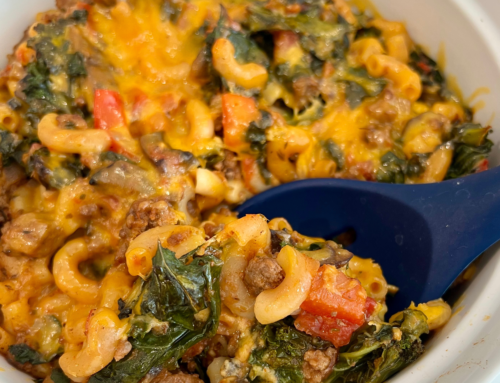
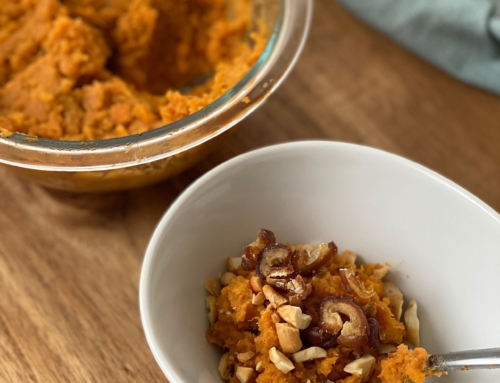
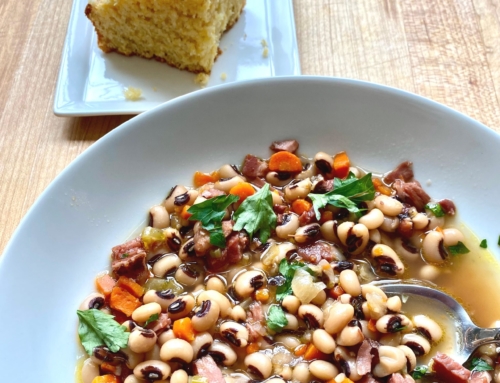
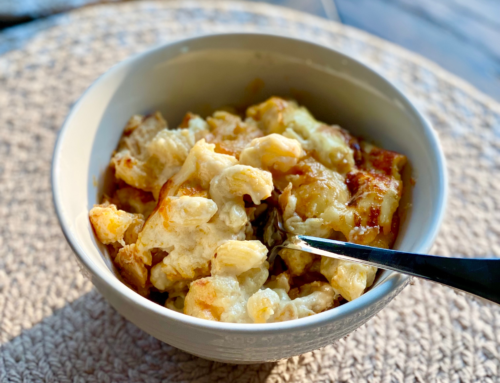
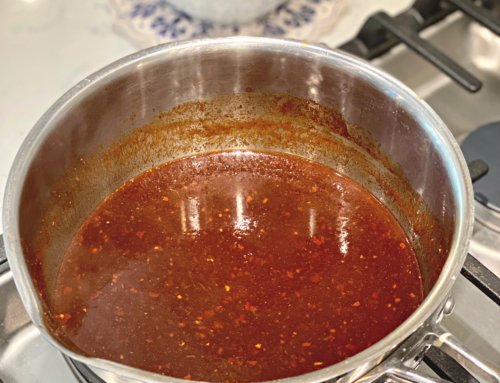
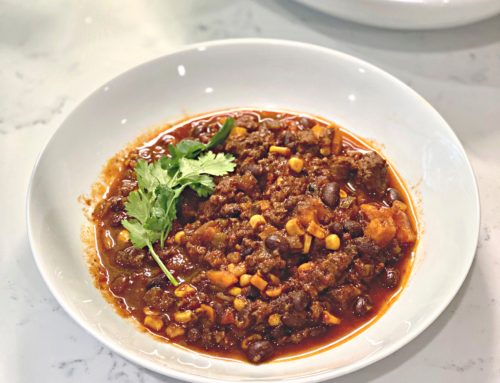


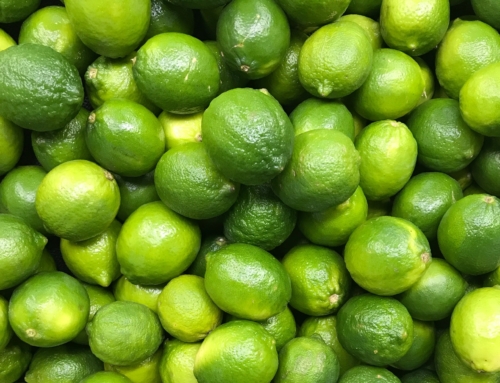



Leave A Comment